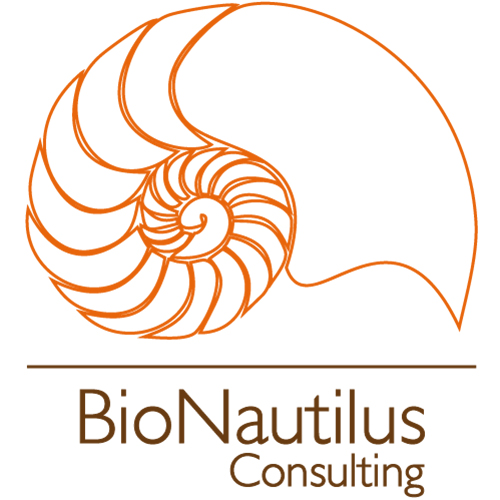Instrument development and manufacturing Typical In-Vitro Diagnostic challenges
The In-Vitro Diagnostic (IVD), part of Medical Devices landscape is clearly fragmented with different dynamics over the segments and markets*. In 2020, it was estimated by different sources at € 71 bn. Top 5 companies represent c. 50%, Top 20 (Top5 + Medium size) 76% and small size and Start-ups 24% of total market respectively. The total market could be split by different types (Instrument, Reagents and consumables and SW). The addressable instrument contract manufacturing is commonly estimated at € 5 bn. Healthcare and IVD especially are extremely dynamic segments with a strong focus on clinical based innovations. Companies must manage both the Product Lifecycle (ex. Cash cow) and Innovation (future Stars), and finetune and balance the instruments strategy, internal capabilities, and budget allocation.
2 growing area examples:
1 – The molecular segment is forecasted to grow at c.10% p.a. through 2023:
– Growth fueled by many developments in the segment and personalized medicine
– The complexity of the instruments is expected to drive outsourcing from OEMs
2 – Point of Care Testing (POCT) expected to be the second fastest growing segment at c.9% p.a. – outsourcing from OEMs expected to increase due to complexity of instruments (miniaturization expertise) required) and pressure on time-to-market. Due to extended applications and various technologies, POCT in combination with e-health system will dramatically change Patient Management.

Figure: different applications of POC in a global approach
When it comes to instrumentation development, one of the first questions is about in-house or outsourced development.
Due to increased expectations the underlying reasons may cover the following items as Time to Market, Design to Cost & Manufacturing, tighter Regulations and finally Complexity of the instrument and global solution.
Typically, companies will have to also face other challenges as:
- steps for partners selection process (Teaser, NDA, RFP, workshop, quote, proposal, Audit…)
- Budget based on a solid business plan, or Fundraising (global or step approach)
- Differentiation of bidders (Balanced Scorecard)
- Follow-up (Project Management, Respect of Timing & Budget, Risk Mitigation…)
The classical development steps are shown in the picture hereafter:

The field experience has demonstrated the importance of the concept and design initial phases to support a strong commercial introduction and success.
A complex solution encompassing instrument, consumables and reagents and different stakeholders needs strong experience for Project Management.
Where can BioNautilus Consulting help your project to succeed to de-risk the approach?
- Challenge & complete your IVD business plan (market need, VoC, Competition).
- Leverage and complete your investors list using its own network.
- Support your IVD instrument development by scouting, selecting, and shortlisting the best partners for your individual project.
- Support your final round in term of negotiation and agreement.
* Sources: Kalorama, Frost & Sullivan, RB

